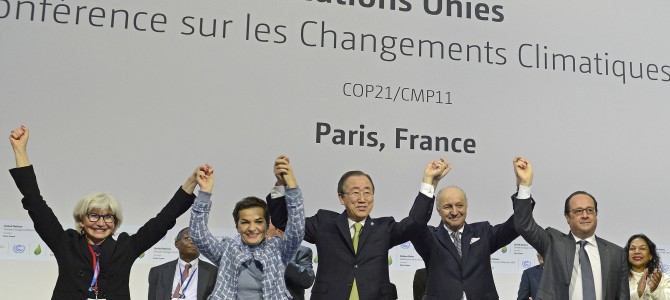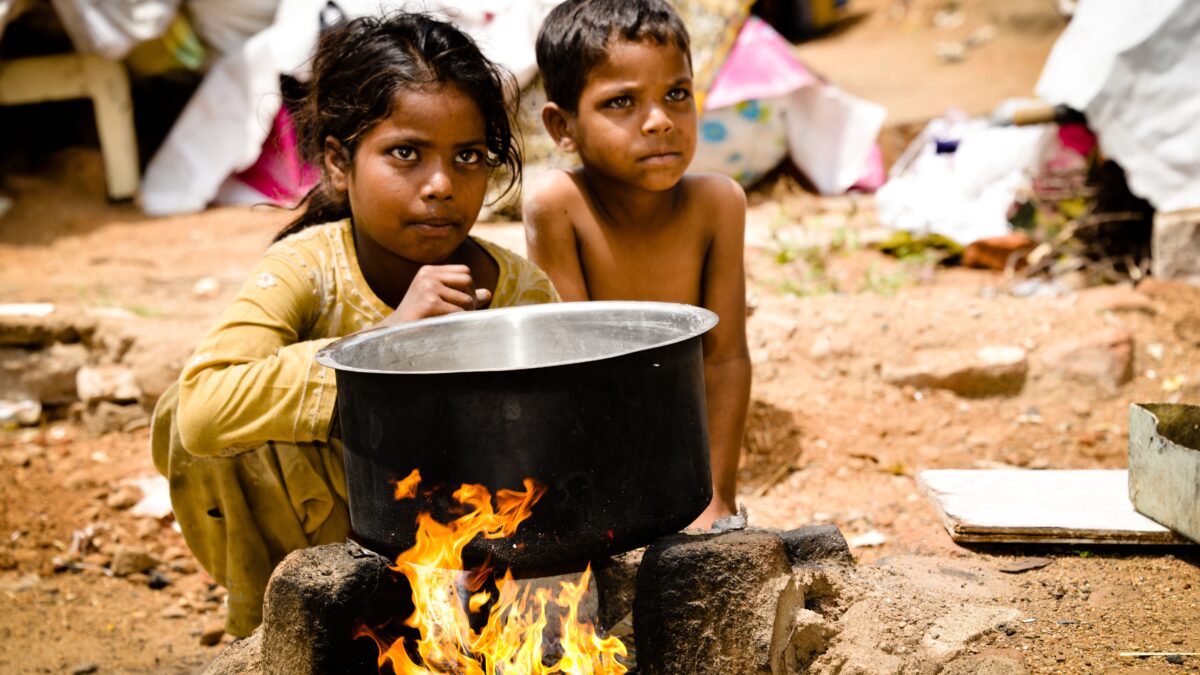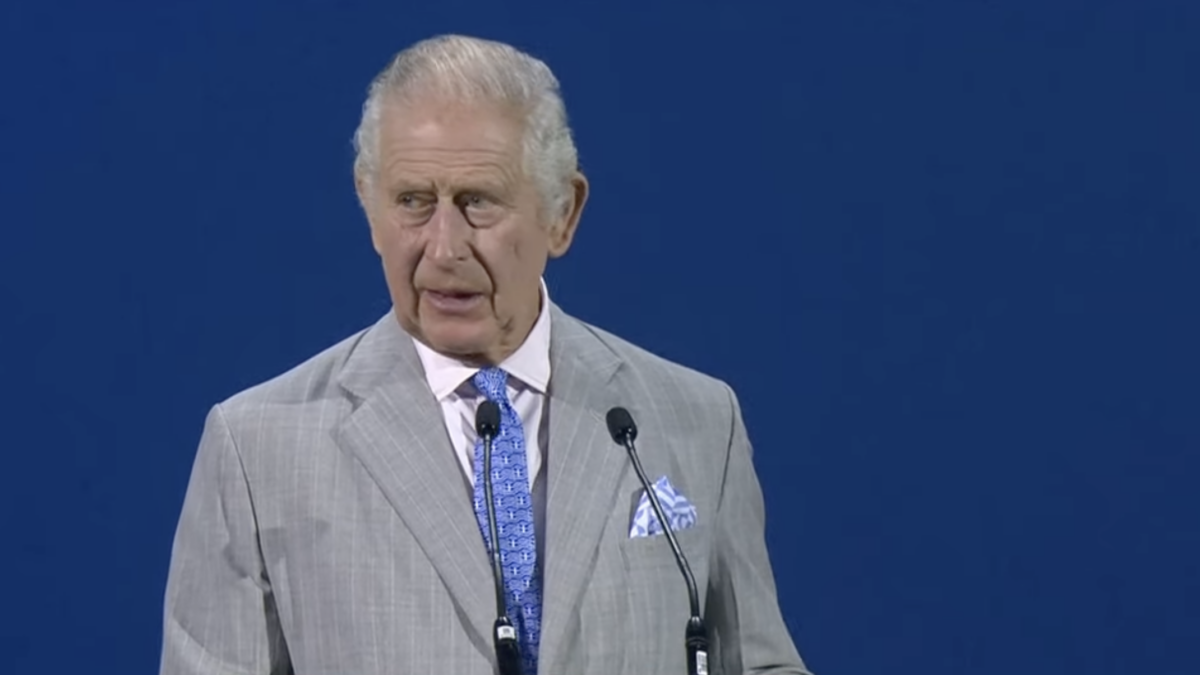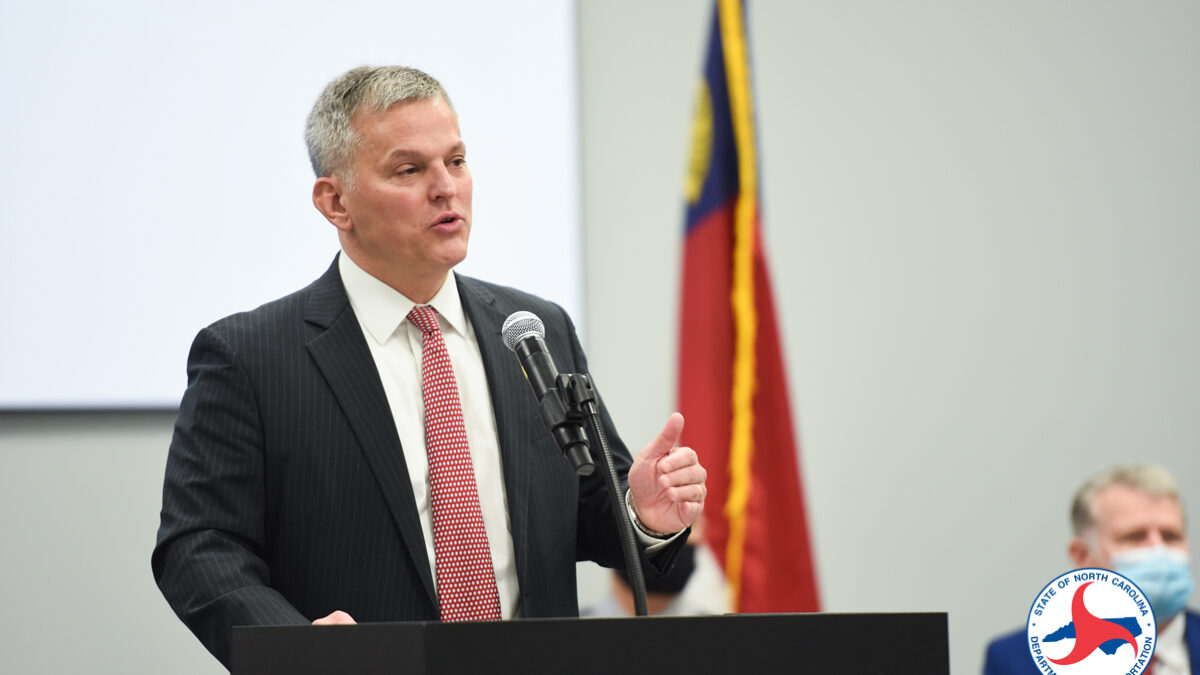
The rising tide of hysteria about climate change is a story that starts with the establishment media, but it does not end there. Rather, the doomsaying is part of a larger story about how a small, liberal elite warps our political discourse to the detriment of everyone––particularly to the detriment of the Democratic Party.
After Thanksgiving, the Trump administration released the second volume of the fourth National Climate Assessment, which addressed the effects of climate change on the United States. A common theme in the commentariat was to complain about its release on Black Friday, when more people are shopping than pondering the environment.
Climate Science Peddled By Irresponsible Pundits
As if in retaliation for the timing of the news dump, the establishment media went out of its way to hype the report’s findings. Through the ensuing weekend, the usual talking heads advocated a hysterical response to the scientific warnings included in the assessment.
As Bjorn Lomborg––who advocates for a coordinated, global policy to address climate change––has noted, much of the punditocracy is playing chicken. The claim that climate change will shrink America’s economy by 10 percent was highlighted without mentioning that our gross domestic product is expected to triple over the same time period. Or that the 10 percent figure is based on the questionable projection that temperatures will rise 14 degrees by the end of this century. Similarly, the assessment finds that recent changes in flooding are not significant and not attributed to human activity.
The recent media coverage of the issue, however, is marked not only by its extreme tone, but also by its avoidance of the political climate. For example, the punditry about the climate assessment never referred to the ongoing street riots in France protesting hikes in fuel and carbon taxes.
The breathless reporting of worst-case scenarios ignored that in the midterm elections, a carbon tax initiative was easily defeated in Washington, one of the most progressive states in the country. (Indeed, it’s the third such failure since 2016.) Amid all the chatter about how climate change might dampen crop yields in the Midwest, there is relative silence about the death of the Chevy Volt––an event foreseeable almost from the start, given the low consumer demand for electric cars.
The problem is not that these stories went unreported; obviously they were. The problem is that the establishment media approaches stories like the climate assessment from a space that seems divorced from political reality. This blind spot arises because the liberal elites from which establishment journalists are largely drawn are obsessed with the issue in way that the vast majority are not.
Who Really Cares About Climate Change? Liberal Elites
In a recent report for the Democracy Fund Voter Study Group, center-right strategist David Winston conducted a cluster analysis to identify voting blocs by their issue priorities. Based on large-scale survey data, the study group identified five distinct clusters of voters: Democrat/Independent Liberal Elites (DILE), Democratic-Leaning Working Class (DLWC), Moderate Younger Middle-Income (MYMI), Conservative Younger (CY), and Conservative Older (CO).
The study found the environment and climate change were the top two issues for liberal elites. In contrast:
The two conservative groups and the moderate group each placed the economy within their top three issues, and the DLWC placed it fourth. Each of these clusters also placed jobs within their top five issue priorities. The exception was the DILEs, for whom the economy and jobs were 12th and 13th respectively. In contrast, DILEs again prioritized the environment, climate change, and health care. With the exception of health care, these issues were seen as a much lower priority among the other groups.
DILEs again differed from the other groups and the overall electorate in terms of the issues on which they placed less emphasis. Terrorism, taxes, religious liberty, and the budget deficit were all bottom-tier issues for DILEs, but fell within the middle or at the top end of the spectrum for the rest of the groups…Only one of the top five issues for the overall electorate was a top-five issue for DILEs: health care.
The liberal elites constitute only 13 percent of the electorate; by comparison, the Democratic-leaning blue-collar voters represent 27 percent. In addition, the liberal elites are whiter than the overall population (and much whiter than Democrats as a whole), more formally educated, and considerably wealthier.
This profile of the liberal elite is broadly consistent with the recent “Hidden Tribes” report from the left-of-center group More in Common, which found a similar but even smaller group of progressive activists were outliers on issues like political correctness and affirmative action in college admissions.
Of course, the fact that liberal elites are out of step with the rest of the American electorate on the urgency of climate change does not mean they are wrong, but it does raise a political problem for the left in general and the Democratic Party in particular. As David Freedlander recently observed in Politico, the Democrats are increasingly a party featuring “a smattering of elites at the top and a vast working class on the bottom. It is those on the top who drive policy, and their interests don’t always coincide with the party’s longtime base.”
How Will This Play With Voters In 2020?
In the 2018 midterms, Democrats gained in part because leadership enforced “a message about health care with the repetitive force of a jackhammer.” This laser focus cut two ways. First, Democrats resisted the temptation to engage on issues like jobs and immigration that favored President Trump and the GOP. Second, that message discipline kept Democrats on the one issue where liberal elites were in sync with the rest of the party and the broader electorate.
In 2020, Democrats almost certainly will not have the luxury of running a single-issue campaign as a wide field of presidential wannabes try to distinguish themselves from each other. They will be forced to decide whether they want to continue to be dominated by liberal elites.
Hot air has failed the Democrats as a solution to their climate change problem. Doing the same thing over and over while expecting a different result may not be the definition of insanity, but it still seems like bad politics.









